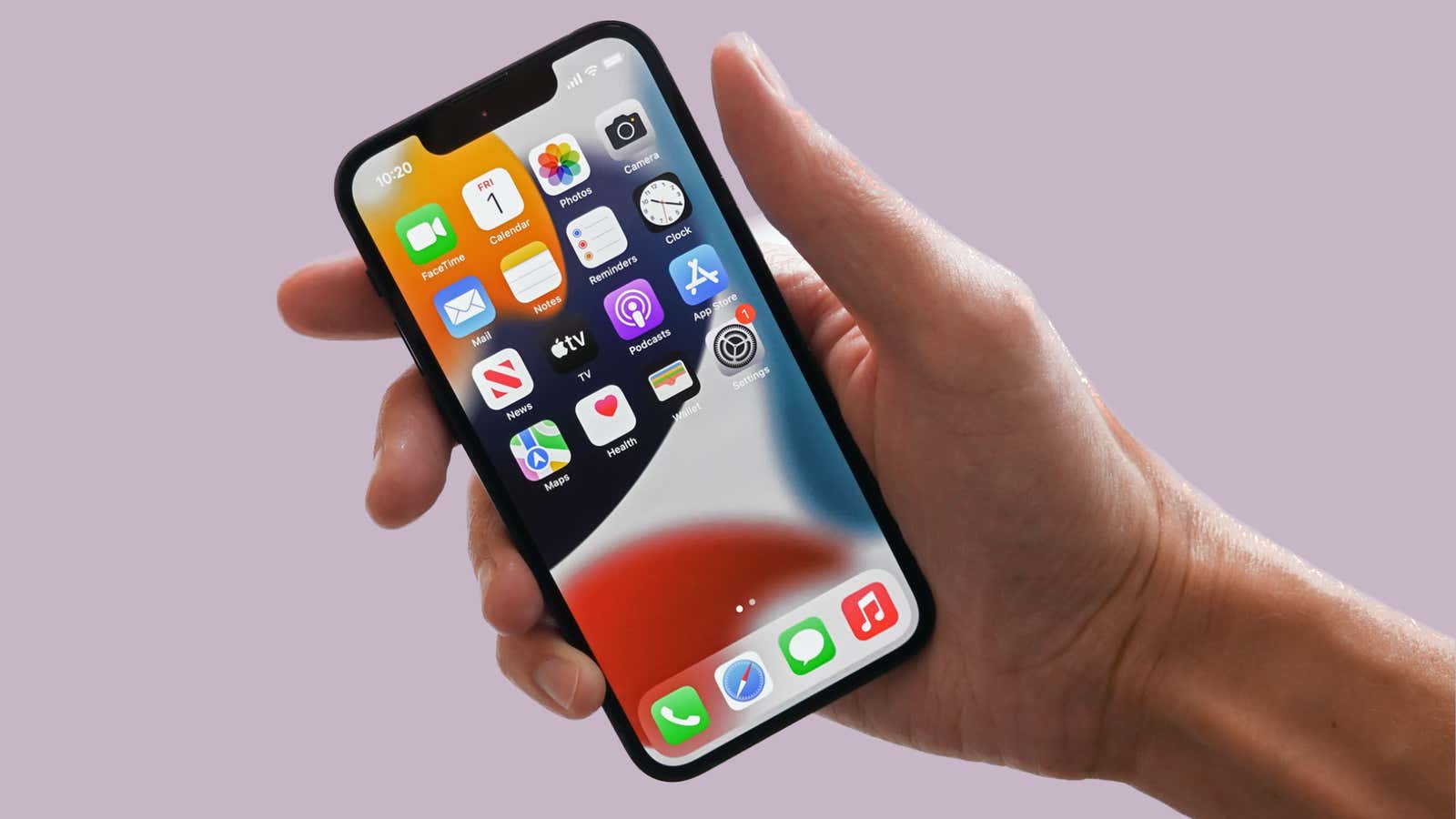Why the IPhone Screen Turns Off With a Delay (and How to Fix It)

Have you ever noticed that your iPhone display is a little slow before going to bed? Pressing the side button on older iPhones – before the introduction of Face ID – immediately turned off the screen. The newer models don’t work that way. You will now notice a slight delay between pressing the button and the iPhone actually going to sleep – roughly half a second or so. There is a reason for this, which we will explain below, but it can also make your phone run slow, so we will also tell you how to fix the delay if it bothers you.
Why does your iPhone slow down before bed?
When you press the side button on your iPhone once, it is held for a short time instead of turning off the screen immediately. It does this because it’s waiting to see if you press the button again – you can activate Apple Pay by double-tapping the side button, or pressing it three times to launch accessibility features like Guided Access or AssistiveTouch. By adding a short delay to the sleep function, Apple gives you a little more time to press the side button a second or third time. If there are no further clicks, the iPhone goes into sleep mode.
This quirk only affects iPhones with Face ID, as those features are tied to the Home button on phones that still have it – in 2022, that’s mostly older models, as well as the iPhone SE. Pressing the power button on a phone with home buttons immediately turns off the screen. Latency doesn’t really affect your phone’s performance – aside from a slight increase in battery drain for heavy users – but it can make it slow , and most NFC readers will automatically invoke Apple Pay, no button presses required. So why not just remove it?
How to make your iPhone go to sleep instantly
To instantly turn off your iPhone’s display, you’ll have to disable the accessibility shortcut as well as the shortcut for Apple Pay. First, go to Settings > Wallet & Apple Pay and turn off the Double Click Side Button feature.
Then go to Settings > Accessibility > Accessibility Shortcut . Now uncheck all shortcuts from this list. If the setting is greyed out, you’ll have to disable it first in Accessibility settings.
For example, if Guided Access is disabled, you can go to Settings > Accessibility > Guided Access and turn it off. After that, you can go back to Settings > Accessibility > Ease of Access Shortcut and uncheck “Guided Access”. Likewise, other grayed out options should be disabled first before disabling their respective shortcuts.
Once both side button shortcuts are disabled, your iPhone will go to sleep right after one click, just like your old iPhone did.